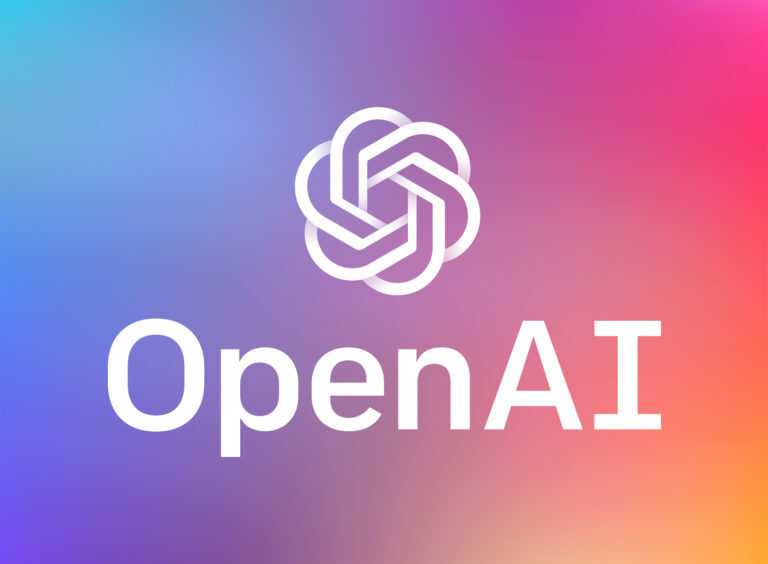The disaster of Windows 8 can be made an advantage.
- The degree with which Windows 8 has failed to capture the imagination of users is clear when one looks at the distribution of Windows versions across the PC industry.
- The latest data from NetMarketShare shows that despite being in the market for 2 ½ years, Windows 8 is still less popular than the operating system that Microsoft discontinued support for last year.
- To add insult to injury, over the last 12 months Windows 8’s share of Windows PCs has actually declined from 11.3% to 10.6% despite being the newest OS that Microsoft has to offer.
- I suspect that the main reason for this decline was the spike in corporate upgrades caused by the ending of Windows XP support and a surge in Windows 7 purchasing.
- While the performance of Windows 8 is embarrassing, it has also set the bar very low for Windows 10 and it is here that I am hopeful.
- Microsoft’s OS versions seem to alternate between disaster and triumph.
- The excellent Windows XP was followed by the awful Windows Vista which was followed by the superb Windows 7 and then the disastrous Windows 8.
- I suspect the reason for this is that when Microsoft gets close to a launch deadline for a new product, it starts dropping features and cutting corners in order to make the release date.
- This results in an awful release that Microsoft spends the next 2 years fixing.
- Hence Windows 7 was what Vista was supposed to be and there is every sign that Windows 10 be everything that Windows 8 should have been.
- This combined with the fact that the upgrade to Windows 10 will be free for 70% of the installed base should mean a pretty rapid upgrade cycle making Windows 10 by far the leading version.
- Having much greater uniformity across the installed base and having the latest code as the leading version will do a lot for Microsoft’s ecosystem ambitions.
- Windows 10 has a common code base between all of the devices upon which Microsoft software is installed, allowing apps to run across all devices.
- This will significantly increase the attractiveness of developing apps for Windows devices as the addressable market will be that much bigger.
- Furthermore, a common code base will ensure that the ecosystem is more recognisable, easier and more fun to use regardless of which device the user is currently logged onto.
- The main thrust of Microsoft’s ecosystem strategy is to offer great Digital Life and Digital Work services on every platform and over time entice the user to come back to a Microsoft device.
- If the entire business moves towards subscription (Xbox Live and Office 365 are examples), the operating system sale will become less and less important.
- Finally, as Windows 8 is one of the least successful releases in Microsoft’s history the bar has been set very low for Windows 10.
- With low expectations and a favourable environment, Windows 10 should be a catalyst that begins to allow Microsoft to realise its potential.
- Microsoft and Google remain my top choices in the digital mobile ecosystem.









Blog Comments
Tim Nash
April 2, 2015 at 10:46 pm
“If the entire business moves towards subscription (Xbox Live and Office 365 are examples), the operating system sale will become less and less important.”
The Operating System is already much less important. Consumers buy a PC or a Mac when they need one, not because there is a new version of Windows or OS X. Most businesses, even if they have finished upgrading to Windows 7, are spending much more time on their mobile strategy. That may well include Office, but Windows 10 will play a minor part, if any.
windsorr
April 3, 2015 at 10:57 am
Strategically totally agree. However in revenue terms its still a huge element and that is what has to be weathered.